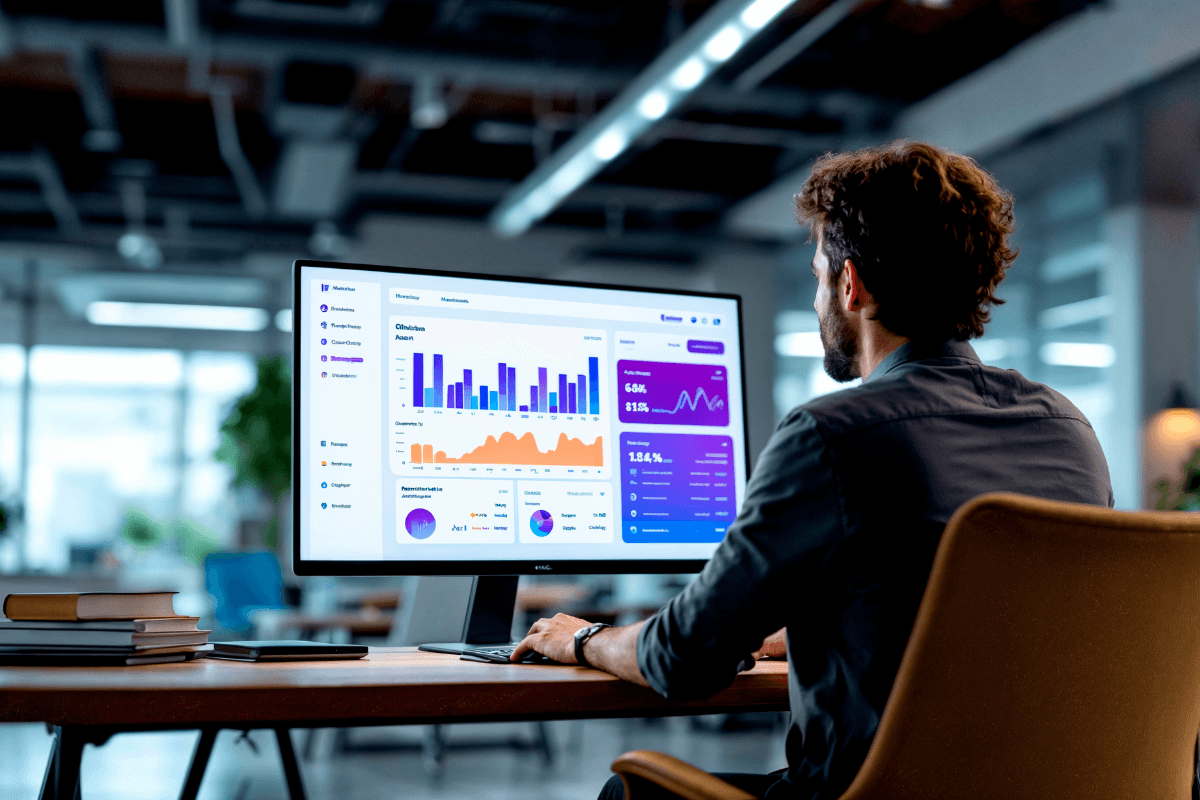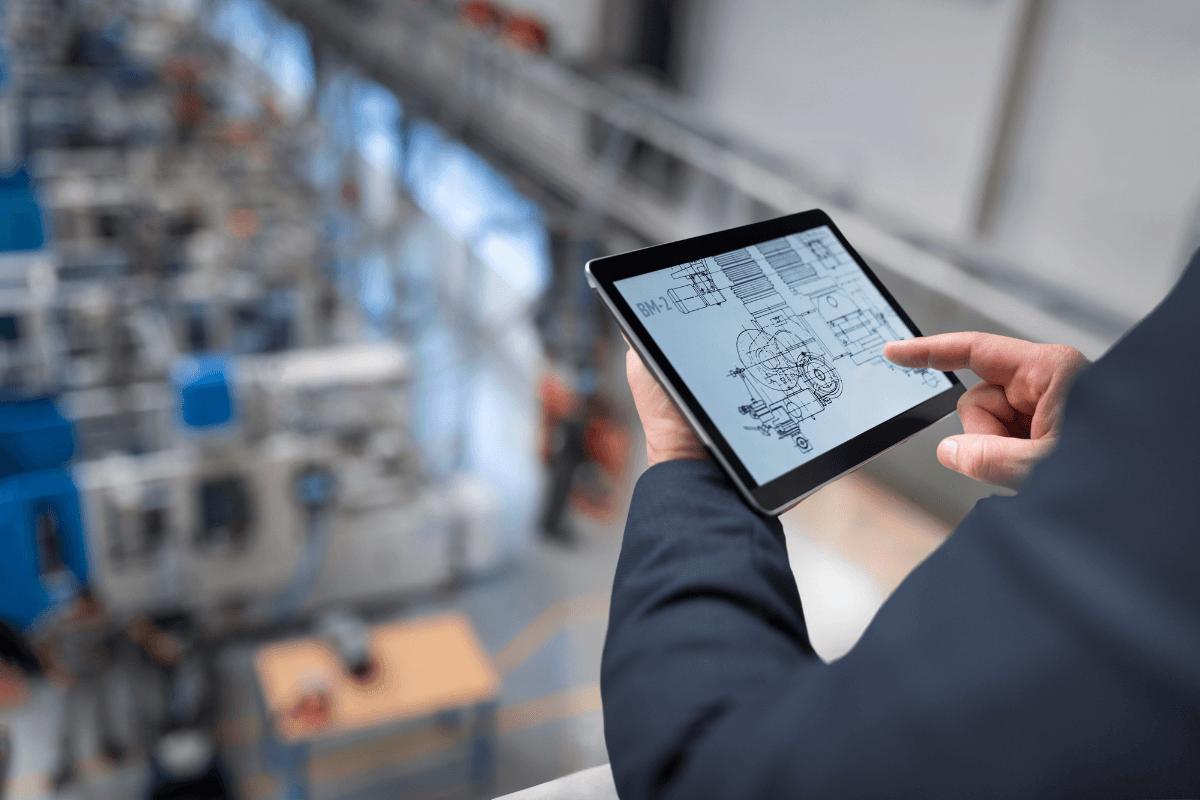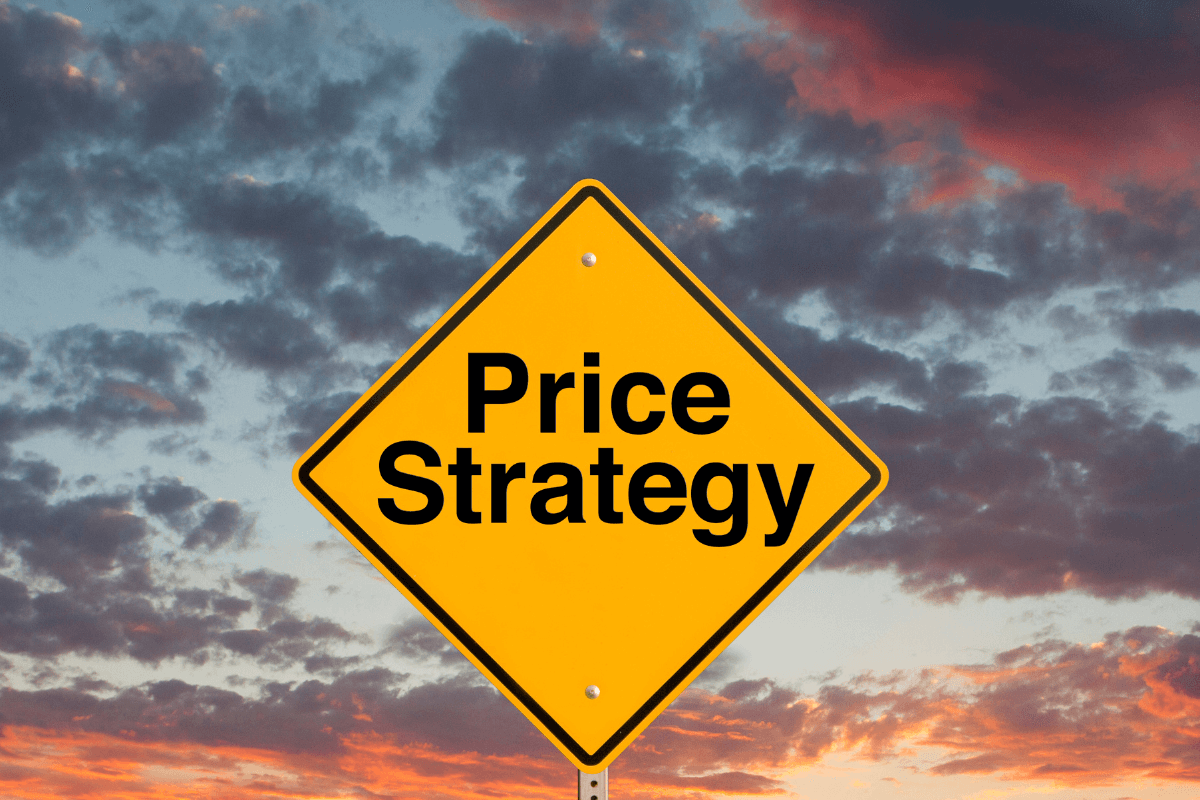Table of Contents
ToggleIt was Black Friday 2019, and Sarah, the inventory manager of a mid-sized retail chain, was in panic mode.
Her team had stocked up on winter jackets based on last year’s sales data. But this year, an unseasonably warm November left warehouses overflowing with unsold inventory. Meanwhile, their competitors, armed with AI-driven demand forecasting, had adjusted their stock in real time, capitalizing on the sudden demand for lightweight apparel.
Sarah’s company lost millions in markdowns and missed sales opportunities.
Fast forward to today, retailers like Sarah’s are no longer flying blind. Thanks to predictive analytics, businesses can now anticipate demand shifts, optimize inventory, and stay ahead of market trends.
But how did we get here? And how can retailers harness this power effectively?
Let’s dive in.
Traditional demand forecasting methods often struggle to keep up with rapid market changes, fluctuating consumer behavior, and global supply chain disruptions. Businesses relying solely on historical sales data and manual forecasting techniques face inventory inefficiencies, stockouts, and revenue losses.
Netwin’s AI-driven solutions help businesses overcome these challenges by leveraging predictive analytics, enabling smarter, data-driven decisions.
How Predictive Analytics Transforms Demand Forecasting
Predictive analytics uses AI, machine learning, and real-time data insights to analyze historical and current data, identifying patterns that forecast future demand with greater accuracy. Unlike traditional methods, which rely mainly on past sales, predictive analytics integrates multiple data sources, including:
- Point-of-sale (POS) data: Real-time sales transactions.
- Market trends: External economic conditions, seasonality, and competitive landscape.
- Customer behavior analytics: Shopping preferences, sentiment analysis, and demand patterns.
- Supply chain data: Inventory levels, logistics, and supplier performance.
Combining these data points, our AI-powered solutions can enable businesses to shift from reactive decision-making to proactive strategies.
When Starbucks noticed a spike in mobile searches for “pumpkin spice latte” in August, they launched their PSL earlier than usual, resulting in record sales (Forbes, 2021).
Implementing Predictive Analytics in Retail
Implementing predictive analytics in retail requires a structured approach to ensure accuracy, scalability, and business alignment. The first step is defining clear objectives and key performance indicators (KPIs).
According to McKinsey (2023), top-performing retailers achieve 85-90% forecast accuracy, while best-in-class companies maintain stockout rates below 5% (IHL Group, 2024).
These metrics should align with broader business goals, such as reducing excess inventory or improving customer satisfaction.
Building a cross-functional team is equally critical. Data scientists alone cannot drive success—collaboration with supply chain managers, business analysts, and IT specialists ensures that models integrate seamlessly with operations.
For example, Target embeds analytics teams within merchandising departments to enhance real-time decision-making.
Selecting the right tools depends on company size and data maturity. Large enterprises like Walmart use SAP Integrated Business Planning (IBP), while mid-sized retailers may opt for Oracle Demand Planning.
Open-source alternatives like Facebook’s Prophet offer cost-effective solutions for time-series forecasting. The key is balancing functionality with ease of adoption—overly complex systems often lead to shelfware.
We at Netwin understand your business needs and design a tailored roadmap for your AI-driven success.
Case Studies of Success and Failure in Demand Forecasting
Walmart’s AI-driven demand sensing system, which incorporates weather data and social trends, reduced forecasting errors by 20% and saved over $1 billion in inventory costs (Walmart Annual Report, 2023).
Small businesses, too, can achieve significant wins—a local bakery used Facebook Analytics to adjust production schedules, cutting waste by 35% and boosting revenue by 15% (Square Small Business Report, 2024).
Challenges and How to Overcome Them
Data silos remain the biggest barrier, with 73% of retailers struggling with fragmented systems (Retail Systems Research, 2024). Cloud-based data lakes (e.g., Snowflake) and APIs can unify POS, CRM, and supply chain data. Employee resistance is another hurdle—60% of staff distrust AI recommendations (Gartner, 2023). Starting with low-risk pilot projects and using explainable AI tools (e.g., SHAP values) can build trust.
Overfitting is a technical risk. One European retailer’s model achieved 99% training accuracy but failed in production because it memorized noise, not trends. Regular validation with holdout datasets and simpler models for limited data mitigate this.
Finally, continuous improvement is non-negotiable. Amazon holds forecasting hackathons to refine models monthly, ensuring they adapt to shifting consumer behavior.
Key Benefits of AI-Driven Demand Forecasting
1. Increases Forecasting Accuracy
Predictive analytics significantly reduces forecasting errors by analyzing vast amounts of structured and unstructured data. AI models incorporate external factors like weather conditions, economic shifts, and real-time market trends to improve demand prediction.
2. Optimizes Inventory Management
Overstocking leads to high holding costs, while understocking results in lost sales. AI-driven forecasting helps businesses maintain optimal inventory levels, preventing stockouts or excess inventory while ensuring just-in-time replenishment.
3. Enhances Supply Chain Efficiency
Supply chain disruptions, such as delayed shipments or supplier failures, can have major business impacts. AI-powered demand forecasting enables supply chain leaders to anticipate challenges, adjust procurement strategies, and ensure a steady inventory flow.
4. Reduces Waste and Costs
For industries dealing with perishable goods (e.g., grocery retail and pharmaceuticals), predictive analytics minimizes waste by aligning supply with real-time demand trends. Our AI models help businesses maximize resource utilization and reduce unnecessary expenses.
5. Supports Dynamic Pricing Strategies
By analyzing real-time market demand and competitor pricing, predictive analytics helps businesses implement dynamic pricing models. This allows for price adjustments based on demand elasticity, maximizing profitability.
Core Components of AI-Driven Demand Forecasting
1. Big Data Collection & Integration
The success of AI-driven demand forecasting relies on vast datasets from multiple sources. Netwin integrates high-quality data from:
- Historical Sales Data – Provides a baseline for forecasting.
- Customer Preferences & Behavior – Insights from CRM, loyalty programs, and e-commerce interactions.
- Market Trends & Economic Indicators – Inflation rates, seasonal trends, and macroeconomic conditions.
- Competitor Insights – Pricing changes, product launches, and promotions.
- Supply Chain & Inventory Data – Stock levels, supplier lead times, and logistics data.
- Weather & Social Media Trends – Useful for industries like fashion, FMCG, and travel retail.
Many businesses struggle with data silos, poor data quality, and scalability. Netwin’s AI solutions break these silos, ensuring seamless data integration and accuracy.
2. Machine Learning & AI Algorithms
Machine learning (ML) and artificial intelligence (AI) enhance forecasting by continuously improving accuracy. We employ advanced AI models such as:
- Time Series Forecasting (e.g., ARIMA, Exponential Smoothing) for identifying seasonal patterns.
- Supervised Learning Models (Random Forest, Gradient Boosting) for predicting demand trends.
- Deep Learning Networks (LSTM, RNNs) for analyzing complex, sequential data.
- Clustering & Classification Models for segmenting products or customers based on buying behavior.
3. Real-Time Analytics & Automation
Traditional forecasting relied on static reports, but AI-driven forecasting enables real-time adjustments based on evolving trends.
- Instant Demand Tracking: AI monitors real-time sales, social media sentiment, and emerging trends.
- Automated Inventory Replenishment: Predictive models trigger restocking alerts, reducing human errors.
- Dynamic Demand Adjustments: Forecasts update continuously, ensuring businesses remain agile.
Use Case – AI in Retail Demand Forecasting
A leading fashion retailer using AI-powered demand forecasting detected an unexpected surge in demand for winter jackets due to an early cold wave. AI automatically adjusted inventory allocation and replenished stock, preventing lost sales while optimizing distribution across regions.
4. Visualization & Reporting Dashboards
AI-driven demand forecasting is only valuable if decision-makers can easily interpret insights. We provide intuitive dashboards with features such as:
- Demand Heatmaps – Identify high-demand regions and trends.
- Sales & Trend Graphs – Visualize demand fluctuations over time.
- Inventory Insights – Track stock levels in real time.
- Custom Alerts & Recommendations – AI-driven notifications for potential stockouts or overstocking.
Example: AI-powered demand Dashboard in Action
A global electronics retailer using AI-powered dashboards detected a spike in demand for gaming consoles in certain markets. The system recommended reallocating stock from underperforming locations, reducing logistics costs, and maximizing sales.
How Netwin Can Help?
Netwin specializes in providing cutting-edge AI and predictive analytics solutions tailored for retail, manufacturing, and supply chain industries. Our solutions empower businesses to:
- Improve forecasting accuracy
- Reduce waste and operational costs
- Optimize inventory and supply chain strategies
- Enhance profitability with data-driven pricing models
Traditional demand forecasting is no longer enough to keep up with today’s fast-paced market dynamics. Netwin’s AI-powered solutions equip businesses with real-time insights, automation, and data-driven strategies to stay ahead of market shifts.
Are you ready to optimize your demand forecasting with AI? Connect with Netwin today and transform your business with predictive analytics!









